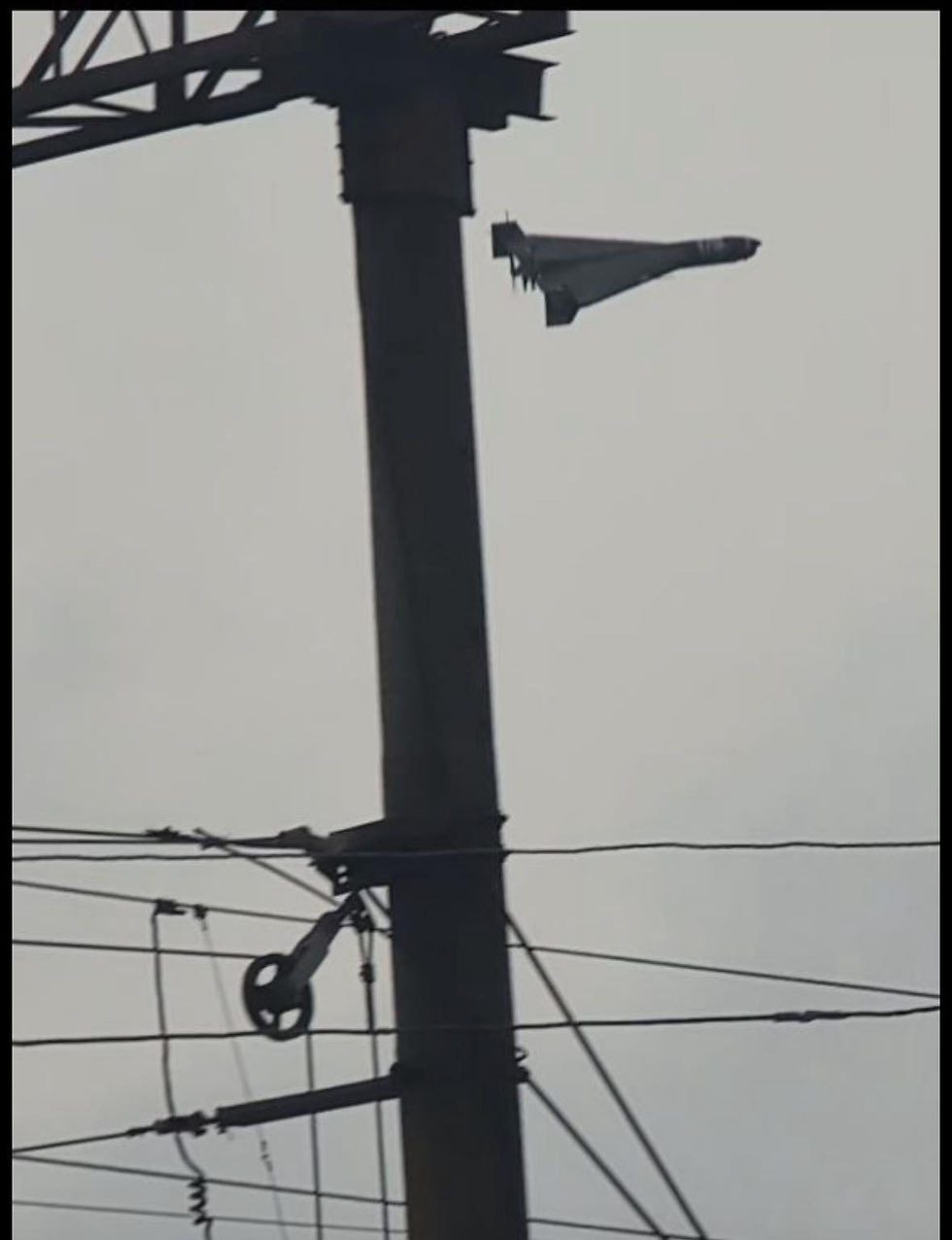Beware — Mystery Balloons Can Carry a Punch
- Res Publica

- Oct 15, 2024
- 4 min read
Hybrid warfare is getting ever closer to the line of all-out warfare. As usual, the Baltic states are the testing ground.

Photo source STATE BORDER GUARD SERVICE at the Ministry of the Interior of the Republic of Lithuania
When is a hybrid warfare attack not warfare? Might it even be explained as benign? When strange things happen, perhaps we can all return to our everyday business and stop worrying.
That would be unwise.
The issue has been vexing Lithuania, which has for some time been experiencing a new phenomenon — dozens and dozens of balloons carrying large packages drifting on the prevailing winds from Belarus, its hostile next-door neighbour. In October, one landed at Vilnius airport, far from ideal for a place needing to keep jet engine intakes free of debris.
It turned out to contain large numbers of cigarettes from smugglers seeking to exploit the difference in tax rates between the two countries, and carried a satellite tracker to aid recovery. A few days later, a similar cigarette-laden balloon landed at a Lithuanian military compound, followed by another at a third location. The nearly 250 balloon packages that crossed Lithuania’s border in September alone may have carried the same (relatively) benign cargo.
But there are certain elements to this story that should make us all concerned.
Firstly, Belarus is now little more than a Kremlin puppet. Its heavily sanctioned economy is financed by the Kremlin, and in return, it does as it’s told — Russian forces have used Belarusian territory to attack its neighbour in Ukraine and its President has offered near-slavish loyalty to Vladimir Putin. It is inconceivable that the Belarusian KGB is unaware of the balloons. That means Russia knows too.
Secondly, what may appear innocent can quickly become dangerous. As with the Ruby, the damaged merchant ship that left Russia carrying 20,000 tons of highly explosive ammonium nitrate, it is not immediately apparent what is a hybrid attack and what isn’t. Ruby was still sitting off the English coast north of Margate on October 10, some 37 days after she left Russia. No European port will admit her, including Russia which has first responsibility.
Even if balloons and explosive ships do us no harm today, they may do tomorrow. Balloons with cigarettes may become balloons with cameras drifting across military sites (which China infamously used against the US in 2023) or with explosives or incendiaries, as Hamas has used against Israeli crops and forests.
Modern literature dealing with hybrid threats describes a phenomenon known as the “weaponization of everything.” This involves the strategic use of non-military tools as instruments of power projection, aimed at undermining an adversary’s sovereignty or stability without necessarily engaging in conventional warfare. This aligns with the concept of hybrid warfare, which combines traditional military action with non-conventional means, including sabotage, cyberattack, economic coercion, and information warfare.
To address this, we need to enhance detection technologies, adapt air defence strategies, and ensure legal frameworks are in place to counter such incursions swiftly and effectively.
It’s also important to maintain a sense of proportion. Lithuanian National Security adviser to the President Kęstutis Budrys rightly noted the seriousness of the problem but also emphasized that that “we cannot call everything a matter of national security because that would mean ‘national security’ would essentially lose its meaning.”
The Lithuanian military stressed that shooting down such balloons during peacetime would only be considered as a last resort, while Defence Minister Laurynas Kasčiūnas dismissed the idea of using expensive missiles to burst them. He recalled a recent incident when NATO jets were launched in Latvia to intercept an object crossing from Belarus, which turned out to be a flock of birds.
Nonetheless, these incidents are not simply an annoyance. They showcase how unconventional methods can be used in broader strategies that blur the line between civilian activities and security risks, requiring a more nuanced approach to national defence.
They demonstrate the broadening of tactics beyond the battlefield. They weaponize vulnerabilities without direct confrontation and can force a response that is disproportionate to the threat
They can confound traditional defences — balloons, for example, can operate at altitudes beyond the reach of conventional air defence systems — and can go unseen by radar given they move at slow speeds.
Fourth, they can be used to test an opponent — Lithuania’s ability to control its airspace was challenged and can thus be seen as part of a broader PsyOps campaign to project vulnerability.
What to conclude from the above? Decision-makers and experts cannot afford to ignore incidents that have the potential to escalate into a larger problem. On the contrary, if managed properly, such incidents could in fact drive important security reforms.
In Lithuania’s case, it quickly implemented a comprehensive strategy with several key changes. Defence Minister Kaščiūnas proposed that the country deploy drones to detect and neutralize balloons, providing a flexible and fast response option. Second, legal reforms would allow border guards to shoot down balloons and take other decisive action against such incursions.
NATO should also consider involvement. The alliance could greatly enhance Lithuania’s capacity to handle aerial threats by providing advanced intelligence and radar systems.
As always with hybrid warfare, it pays to prepare for tomorrow’s possibilities today.
By Eitvydas Bajarūnas. Eitvydas Bajarūnas is an ambassador in the Ministry of Foreign Affairs of the Republic of Lithuania, and currently a Center for Europe Policy Analysis (CEPA) Visiting Fellow. Assessments and views expressed in the article are those of the author and should not be treated as the official position of the MFA of the Republic of Lithuania. Article and pictures first time published on CEPA web page. Prepared for publication by volunteers from the Res Publica - The Center for Civil Resistance.





Comments